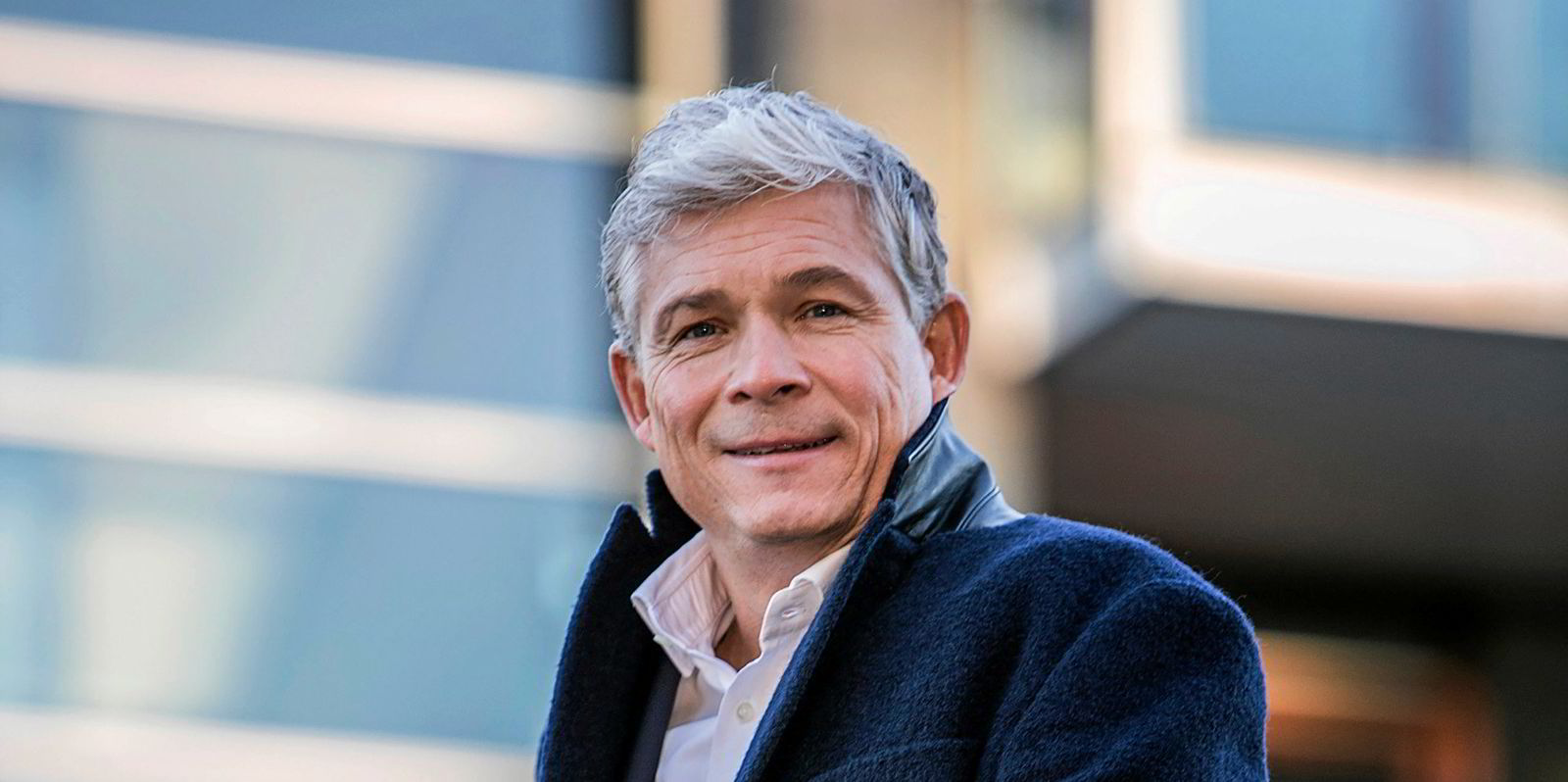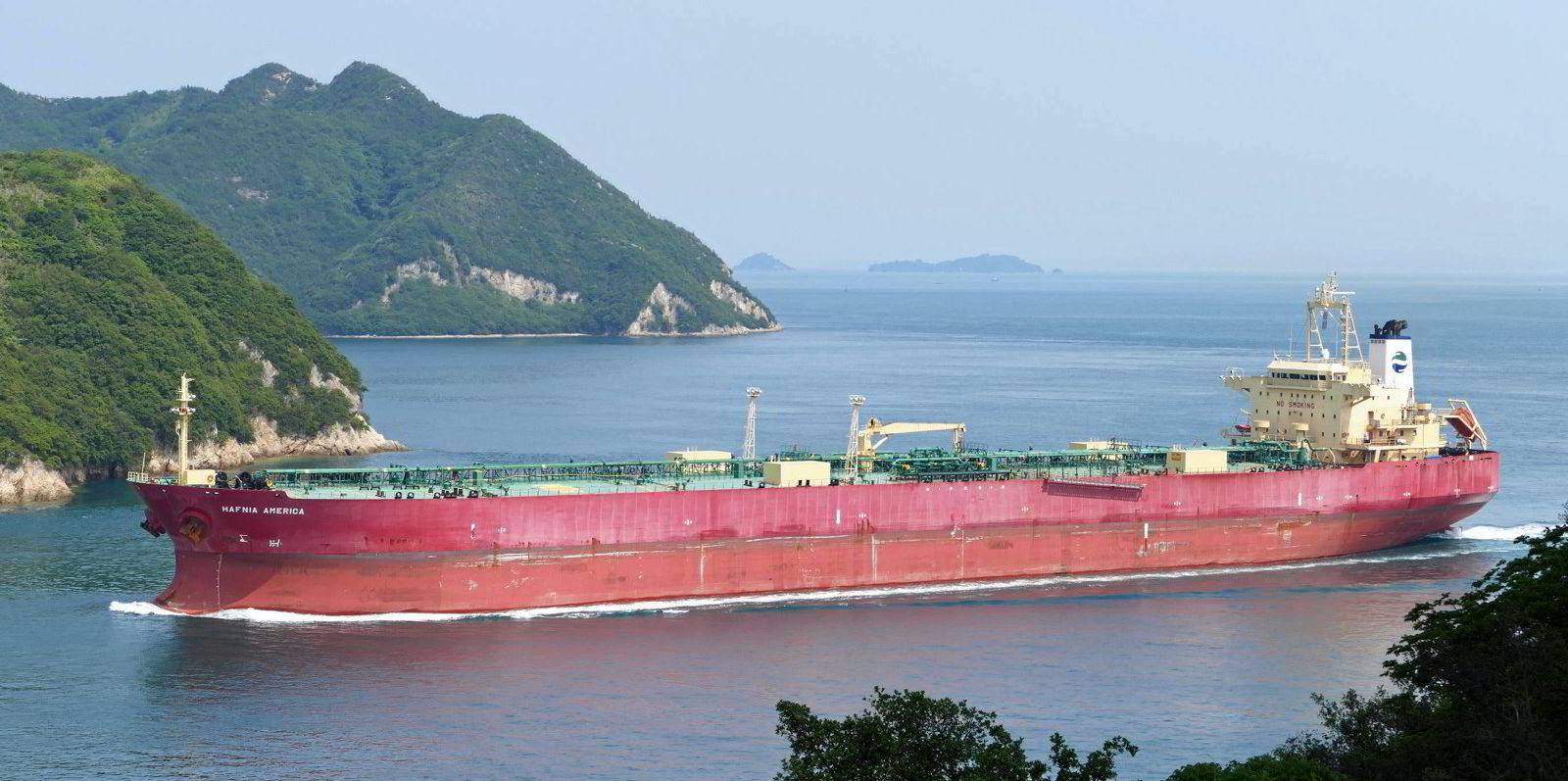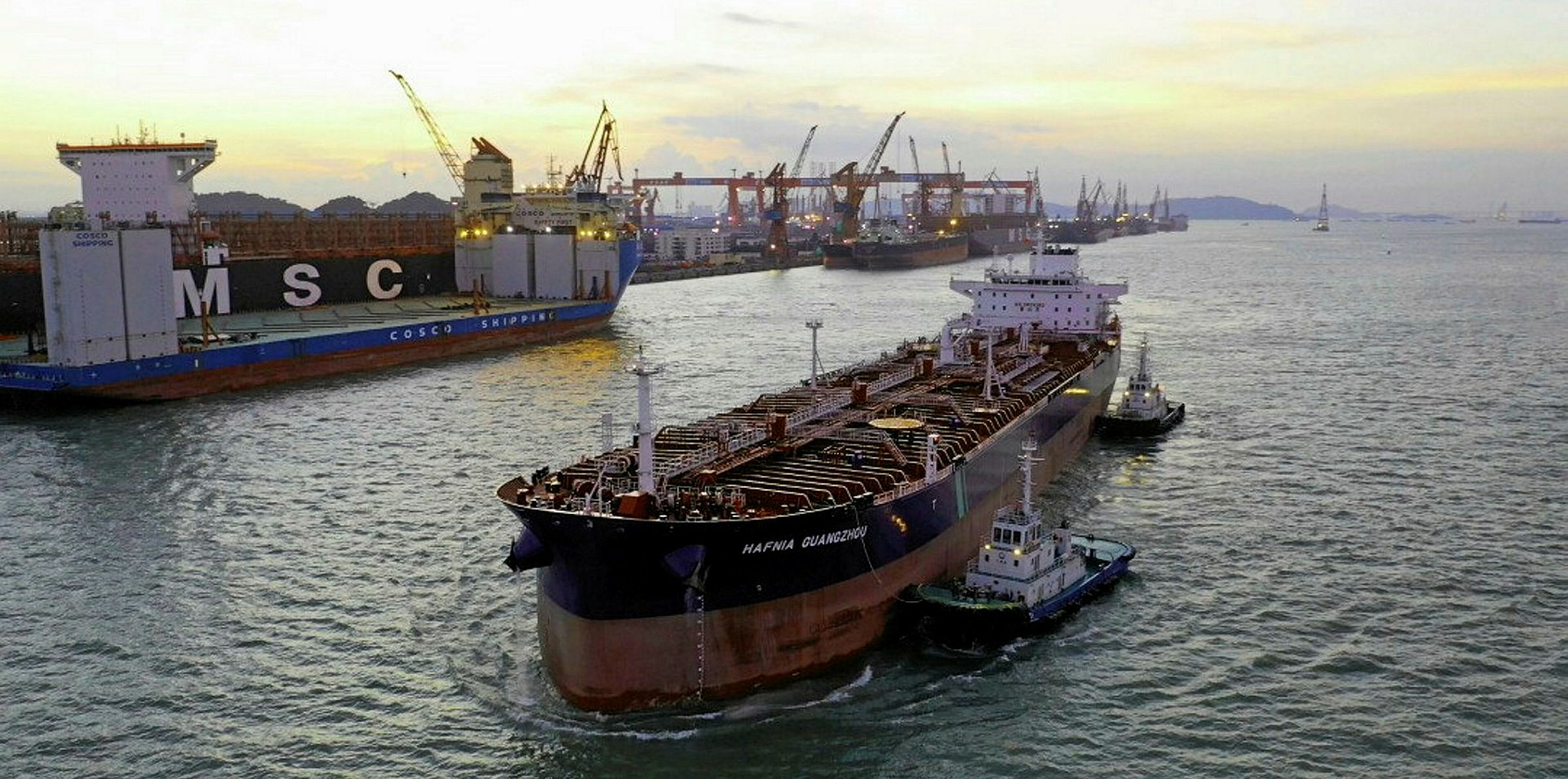Hafnia, the product tanker arm of BW Group, is eyeing more sales of aged vessels to maintain a modern fleet.
The Oslo-listed company, which owns around 80 vessels, sold the 75,000-dwt Hafnia America (built 2006) for $11.6m in the third quarter.
When asked whether Hafnia would get rid of more old tonnage in an earnings call on Friday, chief executive Mikael Skov said his company had identified some sales targets.

“We have a constant focus on trying to optimise on the fleet” based on business requirements and the age profile, he said.
“[We] always focus on keeping a modern fleet for Hafnia,” Skov added.
He did not name the vessels. According to the company website, Hafnia owns three MRs and two LR1s aged 16 years and four LR1s aged 14 years.
But Skov stressed that Hafnia will not sell any ship at a distressed level, saying that his company is “constantly being in the market with the price”.
Weak freight environment
Secondhand prices of tankers have been sliding since the second quarter, in line with weakening freight market conditions.
Company executives expect the market woes to continue in the short run, with the second wave of the Covid-19 pandemic rampaging through Europe and the US.
“The product tanker market outlook at present remains somewhat bearish in the short term due to the surging second wave of the pandemic,” Jens Christophersen, executive vice president for commercial matters at Hafnia, said.
“Current trends in drawdowns of product and crude oil inventories look likely to continue for the rest of 2020 and into early 2021 while vessels unwind from floating storage.
“This development was expected, and it is part of the road towards a more sustainable market environment.”
Underscoring his optimism, Christophersen pointed to a recent rate recovery for MRs and LR1s in the East-of-Suez market, where oil demand began to improve from earlier this year.
Long-term bullishness
Hafnia remains positive on the product tanker market for the long run, citing rising tonne-mile demand and a low orderbook.
There have been reports of some refineries in Europe, Australia, New Zealand and the US being shuttered due to weak demand and the transition to low-carbon energy.
“That will have a significant, positive impact on the product tanker trade as most of the modern refineries in this world are being constructed in the Middle East, India and China,” Christophersen said.
“We see more long-haul business. That’s what we expected.”
Meanwhile, figures from Hafnia show the product tanker orderbook accounts for 6% of the existing fleet.
“Overall, we haven’t seen such a small orderbook in the last approximately 20 years,” Christophersen said.
“The orderbook is very much influenced by new environment regulations that make it difficult to justify newbuilding investments with today’s technology. We will see more competitive dual-fuel pricing in the next four or five years.”
In October, Hafnia ordered two LR2s that can run on LNG and conventional fuels through its Vista joint venture with CSSC Shipping.
The vessels will be built at Guangzhou Shipyard International in China for long-term charter to Total upon delivery in 2023.
Hafnia recorded a net profit of $373,000 in the third quarter, against a loss of $10.5m in the same period of 2019.






